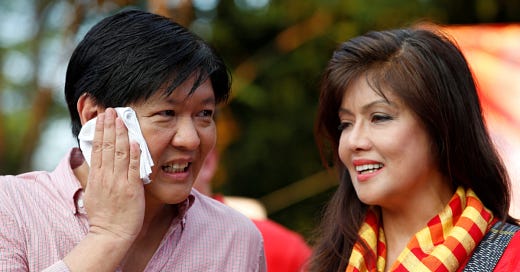Young Minds
The Long Mekong launches a new section for Young Minds today. Buddhism in Southeast Asia, A BRICS currency, Philippines ratifies RCEP, Cambodia and Singapore start Vocational Education program
UPDATE: In a significant milestone for the Philippines, the Regional Comprehensive Economic Partnership (RCEP) officially took effect on June 2, 2023. This historic trade agreement marks the culmination of over two years since the participating countries concluded the free trade agreement (hereinafter referred to as the “Agreement”) in November 2020.
Bud…




